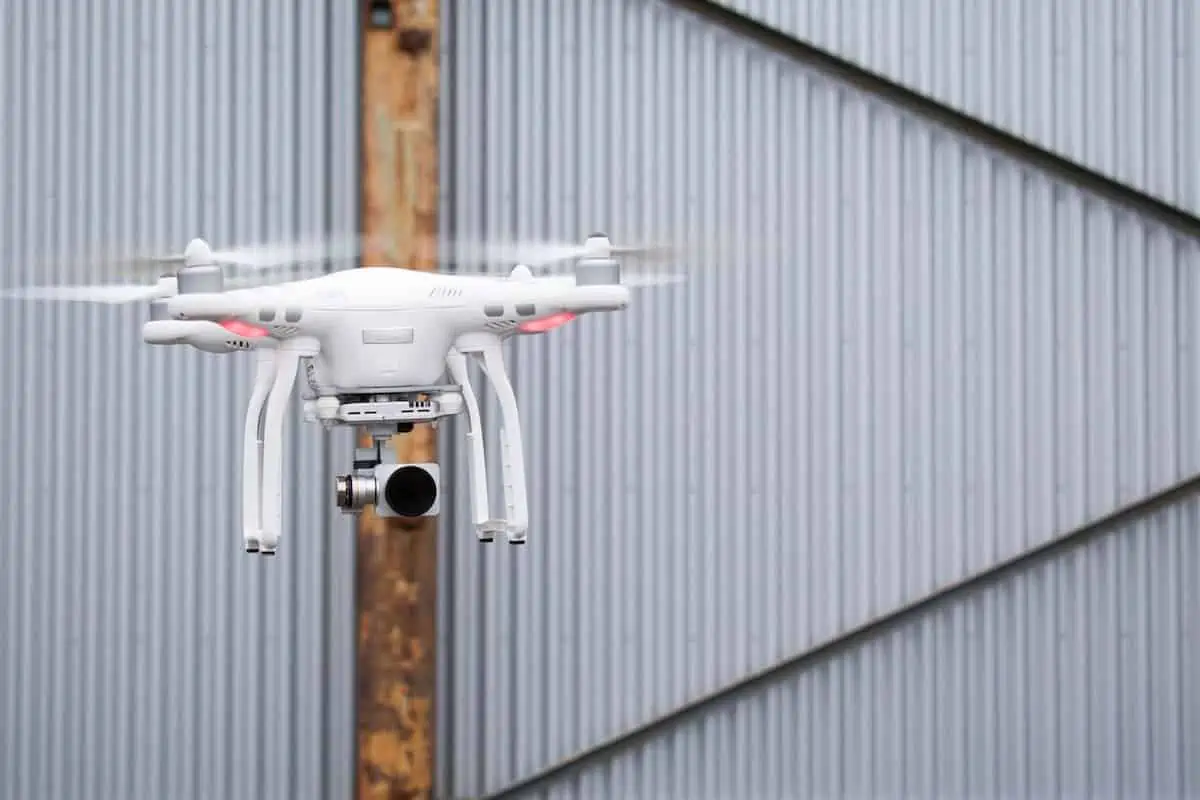In my experience companies always had a need for Inventory Control and an annual inventory count during which all operations were shut down for at least 2-3 days. Even then there would a period during which records were being reconciled before operations could resume normal function.
On top of the annual inventory count there were ongoing manual cycle counts throughout the entire year. Dozens of people and departments were involved in this necessary, but extremely expensive, inventory controls requirement.
With the introduction of commercial drones for inventory management the potential for revolutionary improvements is very exciting.
An Inventory Control History
The very nature of inventory is that maintaining an accurate record of what inventory is on hand has proven to be very difficult to sustain.
This is because there are many reasons that contribute to inventory count discrepancies:
- Suppliers ship a different quantity of goods then are actually stated to have been shipped
- Quality issues lead to segregation of inventories
- Manual disbursement, handling, counting of goods
- Theft and shrinkage
- Loss of inventory
- Poor training
- Inaccurate records/record keeping/data entry
- Bad systems
- …
As a result of these inventory discrepancy contributing factors organizations most often compensate by creating processes, procedures and departments responsible for regular inventory counting and auditing.
One of my first management jobs involved responsibility for the Inventory Control deparment of a major manufacturing entity. With a dozen employees the sole responsibility was to ensure inventory accuracy.
This involved daily cycle counts, varying by the ABC valuation of individual skus. Additionally the team would be central to the annual inventory count. All of these activities required methodical counting, reporting, and investigation and resolution of variances, positive or negative.
Metrics included number and timeliness of inventory counts by day, the number and value of variances, timeliness of variance resolution, value of write-offs, etc.
Given the value of the inventory and the impact of variances in terms of down time and profitability, the cost of managing and maintaining an Inventory Control department was necessary, unfortunately.
And to call such departments “Inventory Control” is actually a misnomer. Virtually no effort was spent on proactively fixing the issues which caused inventory discrepancies in the first place, which could be considered Inventory control. All efforts were focussed on dealing with discrepancies after they had occurred. There was no “control”; it was all reactive.
The Need for Change
This process and procedures and the investment and resources in Inventory Control have remained largely unchanged for decades. But according to Lean principles the fundamental goal is to eliminate waste.
And inventory itself, let alone the handling, counting, and reporting of inventory is wasteful. Inventory Control doesn’t transform materials in any fashion that would provide value to customers. As such it is all wasteful.
Unfortunately however despite the wasteful nature of Inventory Control it is necessary, for all of the reasons we delineated earlier. As such it is important to focus our attention on:
- Proactively reducing the need for Inventory Control by mitigating or eliminating the causes of inventory discrepancies
- Focussing on improving the efficiency of Inventory Control processes and resources
Drones Fly In
My interest in drones has been traditionally personal, excited by the opportunity to see vistas from altitude anywhere and any time. Even after crashing my first drone I was undaunted by the exciting potential of this technology.
The use of drones for delivering goods and flying around in a warehouse and counting inventory has tremendous potential. Instead of having forklift operators going up and down aisles retrieving boxes so that there contents can be counted, drones can do all of that work.
There are many advantages and capabilities of drones that make them ideal for inventory counting:
- Altitude is not an issue
- They are equipped with the latest camera technology so that they can view and scan any package of any size or location
- The information and images that they capture can be electronically transferred to and update any databases
- Variances can be identified in real time, instantaneously upon scanning
- Fewer people are needed
- Drones can operate 24-7-365
- More counting can be done faster and cheaper than with humans
But are there limitations of drones in respect to inventory counting:
- Drones can’t physically count individual units within a case
- Flying time is limited by battery life although the batteries can be recharged. This can result in the need for a larger number of drones and recharging stations
- Always on 360 degree obstacle avoidance is mandatory as there is always something moving in any warehouse
- Rules needed on how to count multiple skus in a single storage location
Additionally there are numerous firms that are offering drones and the requisite technology to perform these inventory counting tasks.
Drones for Inventory Control in Conclusion
For firms with large warehouses or distribution centres, with hundreds and thousands of skus, the use of drones as an alternative to traditional methods of manual cycle counting and Inventory Control holds tremendous potential.
Inventory Control has never before been considered an exciting task. But the introduction of drone technology holds the promise of completing this work faster, more reliably and cheaper than ever before.
Any employees still involved with Inventory Control will also see an upgrade in their skills and development. They will be able to spend their time in resolving and preventing variances, and managing the drone technology, instead of doing the grudging work of manually counting parts over and over and over again.
Drones have a central and pivotal place in the Inventory Control processes of the future. Further there are an ever growing wide variety of great applications for drones throughout our lives.
They are an integral element of the Digital Supply Chain and the Supply Chain Renaissance that is our future!

